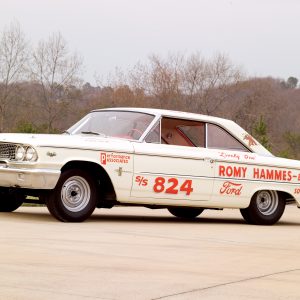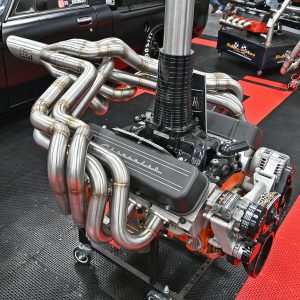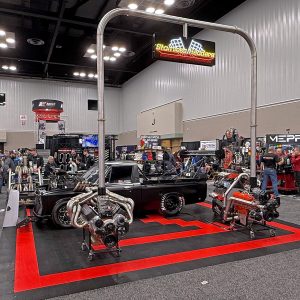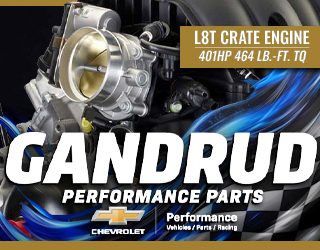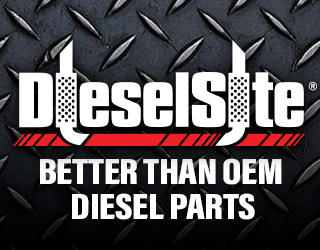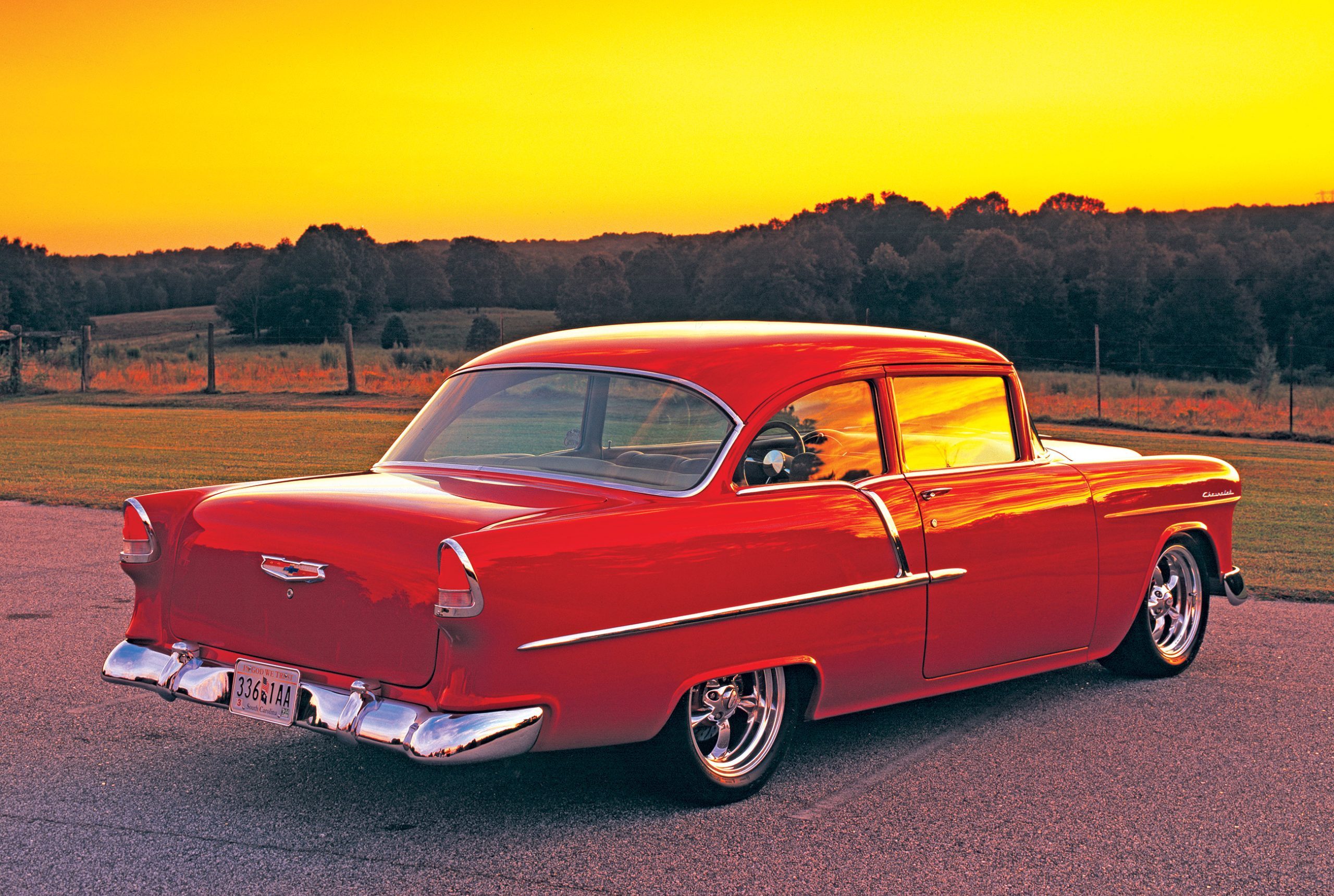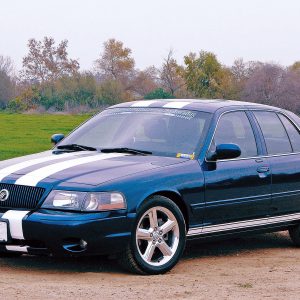
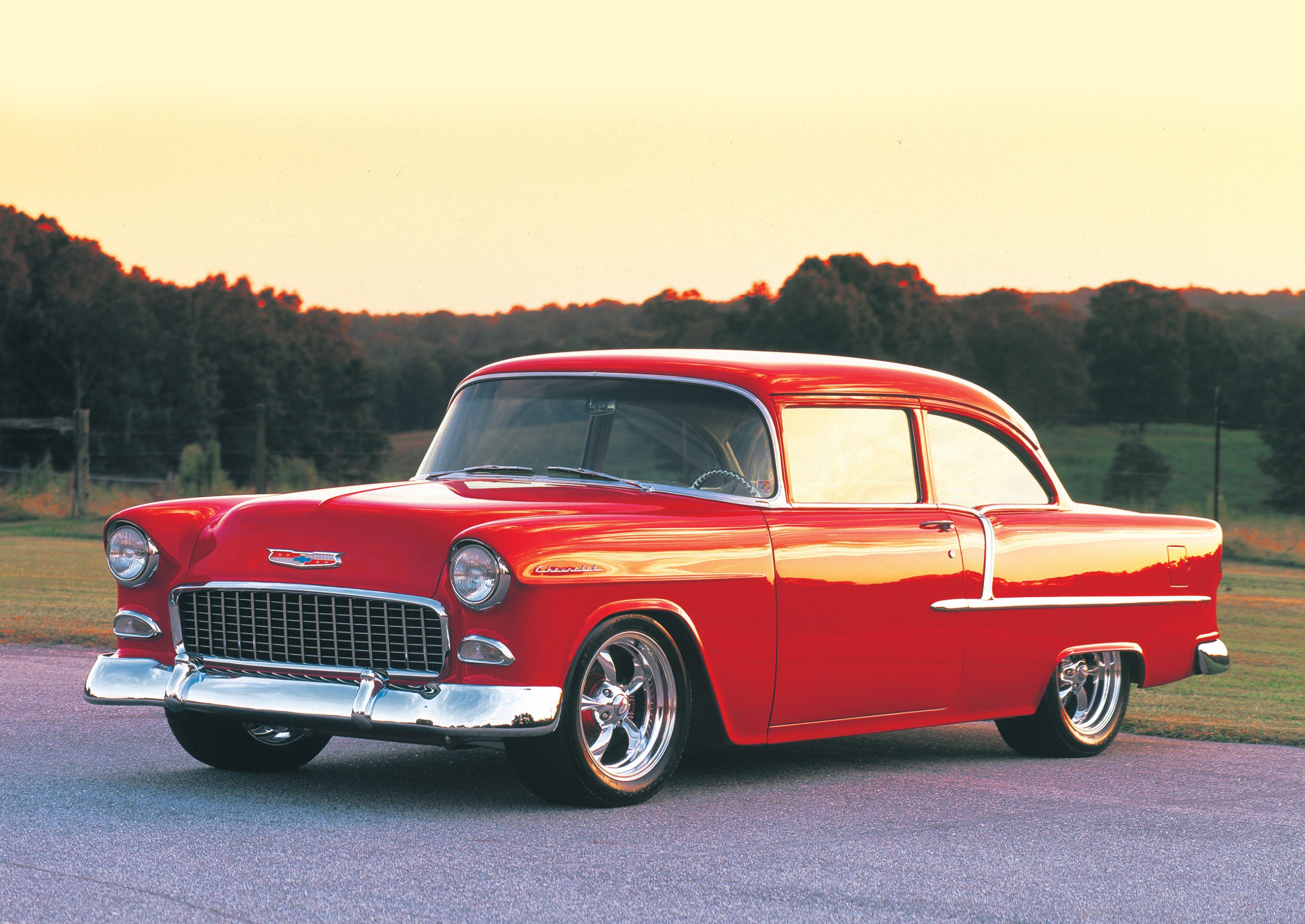

THE AUTO BUILDER
Featured
- All Post
- 20 High Priority - SR Super Rod
- Builds
- 25 High Priority - FB Ford Builder
- Cars
- 30 High Priority - AR American Rodder
- 01 Post Status
- 35 High Priority - RD Rodders Digest
- 40 High Priority - OTR On the Road
- 45 High Priority - SRB Street Rod Builder
- 50 High Priority - TB Truck Builder
- 55 High Priority - BSCENE Buckaroo Scene
- 60 High Priority - FPB Family Power Boat
- Trucks
- Swaps
- Performance Boats
- _000 Home Sliders
- Builders
- 00 Sidebars
- Manufacturers
- 05 High Priority - HCI Hot Compact Imports
- 05 Publications
- 10 High Priority - CR Chevy Rumble
- Back
- Chassis
- Engine
- Fuel System
- Electrical
- Exhaust
- Transmission / Drivetrain
- Suspension
- Steering
- Brakes
- Wheels and Tires
- Interior
- Exterior
- Accessories
- Power Adders
- Back
- Chassis
- Engine
- Fuel System
- Electrical
- Exhaust
- Transmission / Drivetrain
- Suspension
- Steering
- Brakes
- Wheels and Tires
- Interior
- Exterior
- Accessories
- Power Adders
- Back
- Chassis
- Engine
- Electrical
- Exhaust
- Fuel System
- Transmission / Drivetrain
- Suspension
- Steering
- Brakes
- Wheels and Tires
- Interior
- Exterior
- Accessories
- Power Adders
- Back
- Chassis
- Engine
- Electrical
- Exhaust
- Fuel System
- Transmission / Drivetrain
- Suspension
- Steering
- Brakes
- Wheels and Tires
- Interior
- Exterior
- Accessories
- Power Adders
- Back
- Chassis
- Engine
- Fuel System
- Electrical
- Exhaust
- Transmission / Drivetrain
- Suspension
- Steering
- Brakes
- Wheels and Tires
- Interior
- Exterior
- Accessories
- Power Adders
- Back
- Chassis
- Engine
- Fuel System
- Electrical
- Exhaust
- Transmission / Drivetrain
- Suspension
- Steering
- Brakes
- Wheels and Tires
- Interior
- Exterior
- Accessories
- Power Adders
- Back
- Chassis
- Engine
- Fuel System
- Electrical
- Exhaust
- Transmission / Drivetrain
- Suspension
- Steering
- Brakes
- Wheels and Tires
- Interior
- Exterior
- Accessories
- Power Adders
- Back
- Engine
- Fuel System
- Electrical
- Outdrives
- Steering
- Interior
- Accessories
- Power Adders
- Exterior and Hull
- Back
- Chassis
- Engine
- Electrical
- Exhaust
- Fuel System
- Transmission / Drivetrain
- Suspension
- Steering
- Brakes
- Wheels and Tires
- Interior
- Exterior
- Accessories
- Power Adders
- Back
- Chevrolet
- Cadillac
- Pontiac
- AMC
- Buick
- Jeep
- Lincoln
- Ford
- Honda
- GMC
- BMW
- Mitsubishi
- Dodge
- Nissan
- Chrysler
- Subaru
- Toyota
- Plymouth
- Mercury
- Volvo
- Volkswagen
- Oldsmobile
- Acura
- Back
- 05 Pub HCI Hot Compact Imports
- 15 Pub 4x4 4x4 Builder
- 20 Pub SR Super Rod
- 25 Pub FB Ford Builder
- 30 Pub AR American Rodder
- 35 Pub RD Rodders Digest
- 40 Pub OTR On the Road
- 55 Pub BSCENE Buckaroo Scene
- 10 Pub CR Chevy Rumble
- 50 Pub TB Truck Builder
- 60 Pub FPB Family Power Boat
- 45 Pub SRB Street Rod Builder
- Back
- Chip Foose
- Ring Brothers
- Jack Fuller
- Bob Cullipher
- Jerry Nichols
- Bobby Alloway
- Jesse James
- Carl Casper
- J.F. Launier
- Steve Sellers
- Boyd Coddington
- Rad Rides by Troy
- Cal Auto Creations
- George Barris
- West Coast Customs
- Back
- Street Rods
- Hot Rods
- Late Model
- Drag Race
- Handling
- Compact Cars
- Chassis
- Engine
- Fuel System
- Electrical
- Exhaust
- Transmission / Drivetrain
- Suspension
- Steering
- Brakes
- Wheels and Tires
- Interior
- Exterior
- Accessories
- Power Adders
- Chassis
- Engine
- Fuel System
- Electrical
- Exhaust
- Transmission / Drivetrain
- Suspension
- Steering
- Brakes
- Wheels and Tires
- Interior
- Exterior
- Accessories
- Power Adders
- Chassis
- Engine
- Electrical
- Exhaust
- Fuel System
- Transmission / Drivetrain
- Suspension
- Steering
- Brakes
- Wheels and Tires
- Interior
- Exterior
- Accessories
- Power Adders
- Chassis
- Engine
- Electrical
- Exhaust
- Fuel System
- Transmission / Drivetrain
- Suspension
- Steering
- Brakes
- Wheels and Tires
- Interior
- Exterior
- Accessories
- Power Adders
- Chassis
- Engine
- Electrical
- Exhaust
- Fuel System
- Transmission / Drivetrain
- Suspension
- Steering
- Brakes
- Wheels and Tires
- Interior
- Exterior
- Accessories
- Power Adders
- Chassis
- Engine
- Fuel System
- Electrical
- Exhaust
- Transmission / Drivetrain
- Suspension
- Steering
- Brakes
- Wheels and Tires
- Interior
- Exterior
- Accessories
- Power Adders
- Back
- 05 Post Imported
- 20 Post Missing Images (All)
- 25 Post Missing Images (Partial)
- 15 Post In Progress
- 30 Post Internal Review
- 40 Post On Hold
- 50 Post Approved
- 10 Post Images Imported
- 17 Post Missing TXT Files
- 18 Post Missing PDF Files
- 27 Post Missing Content
- Back
- Chassis
- Engine Swaps
- Interior Swaps
- Driveline
- Back
- Street Trucks
- OffRoad Trucks
- Chassis
- Engine
- Fuel System
- Electrical
- Exhaust
- Transmission / Drivetrain
- Suspension
- Steering
- Brakes
- Wheels and Tires
- Interior
- Exterior
- Accessories
- Power Adders
- Chassis
- Engine
- Fuel System
- Electrical
- Exhaust
- Transmission / Drivetrain
- Suspension
- Steering
- Brakes
- Wheels and Tires
- Interior
- Exterior
- Accessories
- Power Adders
- Back
- 01 Sidebar Left
- 01 Sidebar Right
Spotlighter
POPULAR READS
SUBTLE STANDOUT
It’s What You Can’t See That Says the Most
Author

Stephen K. Anderson
Photography: Scott Killeen
Motivation Behind the Build
For those only somewhat familiar with super rodding, it may seem as if the entire lot of us are driven by a need to attract attention with the cars we build. While this may be true of some people, most car enthusiasts will attest to the fact that it is the creativity that drives them and not the admiration that comes from their effort—even if it is a feel-good situation.
Argue the point if you must, but if you talk to enough people, you will almost certainly find this to be true, especially when you consider the endless hours spent building a car compared to the time behind the wheel. While there are exceptions, it’s generally accepted that for every hour spent building a car, only a few precious moments are ever logged sitting in the seat. And although more and more rods spend their time protected in a box behind a pickup, many are sold in favor of the next project that comes along—yet another sure sign that the true motivation for many rodders centers on innovation and creativity.
A Subtle Showcase: The Jenkins’ ’55 Chevy
From the low-key approach applied to this ’55 Chevy, it’s obvious that Jack and Gail Jenkins’ reasons for building it were based around applied craftsmanship, when you take into account the subtle style it displays. While the bodywork and paint are flawless, there’s little sign of the modifications beneath it, or the effort that went into them.
Turning to Hot Rod Construction
For this project, Jenkins turned to Dan Wickett at Hot Rod Construction in Piedmont, South Carolina, a highly capable shop that has earned a reputation for building cars that are as much about function as they are about beauty. This is no small order when you consider the level of quality seen here, and the fact that this car was built to be a driver as well as a looker, and drive it they will.
Under the Hood: Power and Performance
With a turn of the key, a 454 Chevy from Jerry’s Automotive Machine Shop comes alive, as the Arizona Speed & Marine tuned-port fuel injection begins the combustion process. The mixture is drawn through a set of Dart oval-port aluminum heads, while a Crower roller camshaft provides 0.512 lift and 276 degrees duration for the intake valves and 0.539 lift and 282 degrees for the exhaust side. Once the GM HEI ignition system lights the fire, fumes exit through Jet Hot-coated Sanderson headers and a custom mandrel-bent 2-1/2-inch exhaust system. Cooling is handled through a polished-aluminum Afco radiator.
Engine Bay Details
As soon as you open the hood, the first of several special details comes into view. A custom engine cover/air cleaner sets the tone for the compartment with great style. Once the basic shape was created, numerous accent ribs were shaped by hand and fitted across the top. The adjoining inner fender panels were replaced with smoothed versions and finished in the same lustrous finish, while the radiator core support was lowered for a better view of the engine and moved forward 4 inches so the big block could be positioned without pocketing the firewall. Since all the engine accessories are low on the engine, a custom shroud was also fabricated from aluminum and follows the contours of the various pulleys, again benefiting the overall appearance. It also conceals aluminum tanks for the power-steering fluid and radiator overflow at the end of each cylinder head. As you can see, brightwork has been kept to a minimum, as Jenkins spent far too much time maintaining the fully polished drivetrain on his last car.
Chassis and Suspension Upgrades
Drop the Chris Imple-built GM 700R4 automatic transmission into gear, and power passes to a specially fabricated chassis, and here, too, you’ll find a number of details that, for the most part, go unnoticed. First, the original chassis was discarded in favor of an updated replacement from California Frame, which benefits from the addition of an ’87 Corvette independent suspension front and rear. While the transverse leaf springs were retained in back with HAL adjustable shocks, Carrera coilovers were fitted in front, allowing even more adjustability. In keeping with the theme of this car, the various chassis components were refinished in either a silver coating or red to match the body. Corvette brakes were utilized all around, and the detailing applied to them is visible through a set of 17×9-inch Boyd Coddington Billet Smoothie rims fitted with low-profile 245/50-17 BFGoodrich Comp T/A rubber front and rear.
Bodywork and Finishing Touches
As we said, the body leaves no question as to the effort that went into smoothing some of the original sheetmetal, while other portions, such as the rear quarter panels and rockers, were replaced with new versions. Another change involved raising the trunk floor 1 inch to provide clearance for the rear sway bar, leaving space to run the gas tank all the way to the rearend. The gas tank was made from 0.125-wall 3003 aluminum sheet and provides all the strength that’s required. It is interesting to note how the Leroy Bryant exhaust system fits tightly between the tank and framerails, keeping the exhaust almost entirely out of view.
Paint and Exterior Refinement
Once the bodywork was completely smoothed, the mile-deep red paint was applied, showing yet another aspect of Hot Rod Construction’s considerable skills. Like a red mirror, the surfaces reflect its surroundings to give this car a rich, vibrant appearance. To retain the original appeal of this car, all of the stainless trim pieces were re-polished to accentuate these well-loved lines and returned to their original position. This includes the trim around the front grille opening, which was first welded together as one piece to smooth its appearance. The bumpers also were reworked, with 3/4 inch removed from the width in back to fit those surroundings.
Interior Craftsmanship and Functionality
While we haven’t mentioned that Hot Rod Construction is a full-service shop, there’s no question of that fact when you see the beautiful upholstery. Every surface utilizes considerable lengths of tan leather. The leather covers the fully adjustable Aurora seating, as well as the sculptured door panels and armrests that mimic the contours of the dash, while cloth inserts have been incorporated into the door panels, package tray and headliner. The trunk follows in a similar style with the same materials, and it’s there you’ll find various air-conditioning components for the secondary A/C system hidden behind the rear panel. It is interesting to note that the front passenger seat folds forward, allowing easier access to the back, while specially machined sillplates welcome riders.
Dash, Details, and Final Touches
Additional flair is found in the custom dash, where a number of red-tinted Dakota Digital gauges reside within the updated cluster, just above a Cadillac tilt-telescopic steering column capped with a Naiser Racing steering wheel. This utilizes a column shifter in combination with a Morse shift cable for simple gear selection. Other variations include the roll-down center panel to access various controls and the Custom Autosound stereo, newly devised vents at the corners of the dash, slick-looking pedals and even special leather covers for the hinges. The clock was removed from the center of the dash pod on the right and replaced with a block-off plate matching the custom knobs used throughout. Even the door handles were hand-fabricated to finish off this clean environment.
Recognizing the Talent Behind the Build
The effort put forth to achieve these results says plenty about the talented individuals who handled its construction. They include Bobby Richardson, who handled the billet aluminum fabrication; Paul Patrick, who helped with the detail; and Fred Kozik Paint for the last-minute help in preparation for the Goodguys All-American Get-Together last March.
Final Thoughts on a True Passion Project
As you can see, each aspect of this ’55 exhibits the same subtle approach, which brings us back to our original point. When someone goes to great lengths to create a special vehicle such as this, you have to believe it was built around pride rather than ego, especially when so much effort was put into what often goes seen. Still, the praise that frequently comes from such an effort is rewarding, and well deserved, especially when it’s given on the road, where this car looks its best.
HAVING FUN WITH FUNCTION
Built to Drive and Enjoy
While super rodding has continued to evolve, the level of creativity, and the finish, has never approached what has become common today. We see it more and more as car builders and owners get ever closer to perfection, and some, farther away from function. We’ll be the first to tell you that people should build their cars in any way they see fit, but we’re also here to tell you that as these cars continue to spiral out of reality, so does the fun.
In this case, it is obvious that Jack and Gail Jenkins were looking for a happy medium between form and function, and that’s when they turned to Dan Wickett at Hot Rod Construction to build this awesome ’55 Chevy. The results of this effort produced a car that is both stunning to look at and enjoyable to drive, which is what the couple wanted in the first place.
While there’s nothing particularly radical about this reworked classic, it has all the appeal one could ask for. Check out the details beneath the paint and upholstery and you will discover that the fun continues when the rubber meets the road.
FROM THE ARCHIVES
BONUS: Never Before Published Build-Up Images






